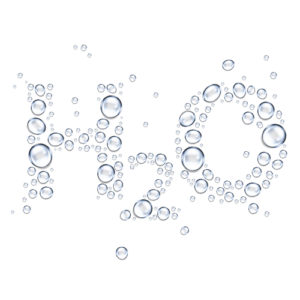There are many possible contaminants that may be in untreated water. These include microorganisms such as viruses, protozoa, and bacteria; inorganic contaminants such as salts and metals; organic chemical contaminants from industrial processes and petroleum use; pesticides and herbicides; and radioactive contaminants. Water quality also depends on the source’s geology and ecosystem, as well as human uses of the source such as sewage dispersion, industrial pollution, use of water bodies as heat sinks for mechanical systems, and overuse (which may lower the level of the water).

The United States Environmental Protection Agency (EPA) limits the permissible amounts of certain contaminants in tap water provided by the country’s public water systems. The Safe Drinking Water Act authorizes the EPA to issue two types of standards: primary standards regulate substances that potentially affect human health, and secondary standards prescribe aesthetic qualities: those that affect taste, odor, or appearance. The United States Food and Drug Administration (FDA) has issued regulations that establish limits for contaminants in bottled water that must provide the same protection for public health. Drinking water, including bottled water, may reasonably be expected to contain at least small amounts of some contaminants. The presence of these contaminants does not necessarily indicate that the water poses a health risk.
In urbanized areas around the world, water purification technology is used in municipal water systems in order to remove contaminants from the source water (surface water or groundwater) before it is distributed to homes, businesses, schools and other users. Drinking water can be filtered and conditioned even further through in-home applications like Superior Water’s WATERBOY system.

![3670104[1]](https://superiorwater.com/wp-content/uploads/2021/03/36701041-150x150.png)
![WQA[1]](https://superiorwater.com/wp-content/uploads/2021/03/WQA1.png)
![bbb-accredited-business-symbol-png-logo-17[1]](https://superiorwater.com/wp-content/uploads/2021/03/bbb-accredited-business-symbol-png-logo-171.png)
![800px-Flag_of_the_United_States[1]](https://superiorwater.com/wp-content/uploads/2021/03/800px-Flag_of_the_United_States1.png)